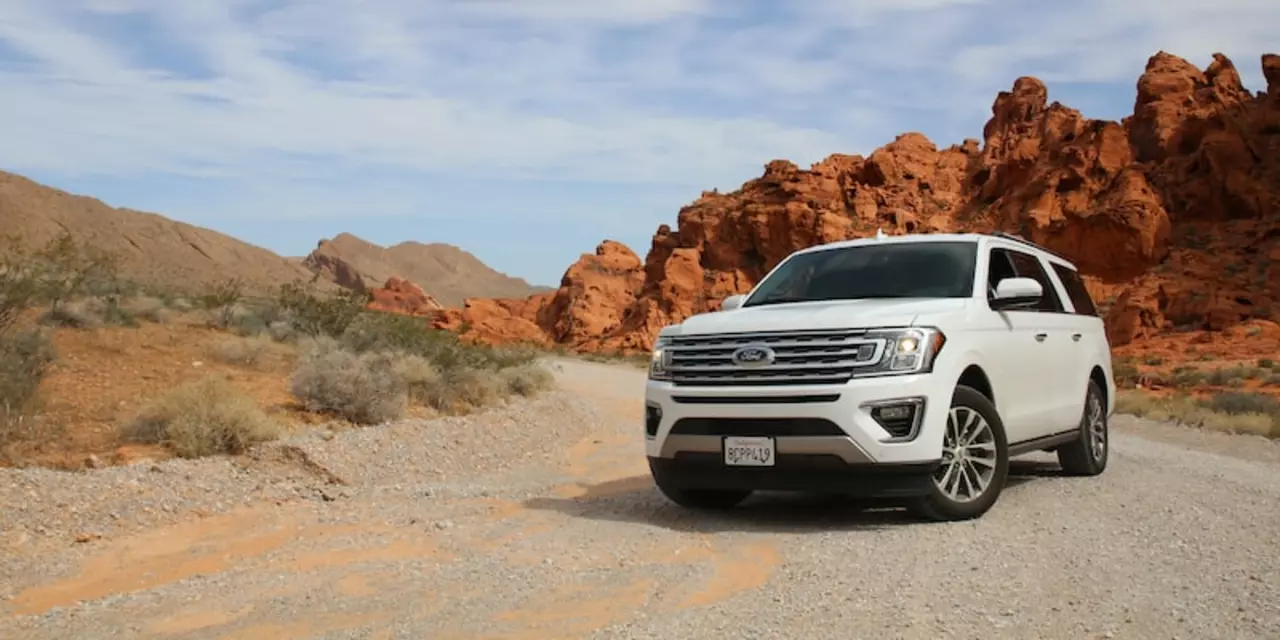Co-driver Essentials: Master the Rally Navigator Role
If you’ve ever watched a rally car fly through a forest stage, you’ve seen two people working like a single machine. The driver gets the wheel, but the co‑driver holds the map to victory. Understanding this partnership is the first step to becoming a solid rally co‑driver.
Why the Co‑driver Matters
A co‑driver does more than read notes. They keep the driver calm, spot hazards, and manage time controls. In endurance rallies, where stages can last for hours, a missed turn or a wrong speed estimate can cost minutes – and minutes mean lost points. That’s why the best crews treat the navigator’s role as a tactical position, not just a side job.
Building Effective Pacenotes
Pacenotes are the language you and your driver share on the road. Start with a simple system: "Loose left 3, tight right 2, crest, 100m". Keep the terminology consistent, and practice them on a familiar road before stepping onto a competitive stage. Recording a run and reviewing the notes helps you spot gaps and refine descriptions.
Don’t forget timing. Deliver notes a half‑second before the driver reaches a corner, adjusting for speed and surface. Too early, and the driver forgets; too late, and they’re blind. Fine‑tuning this rhythm takes practice, but once you nail it, the driver’s confidence soars.
Pre‑Rally Preparation
Before the rally day, study the route book, GPS data, and any available reconnaissance footage. Mark critical sections: jumps, water crossings, and tight hairpins. Pack a sturdy notebook, a reliable pen, and a backup electronic device. Battery life is crucial – bring spare batteries or a portable charger.
Fitness matters too. You’ll be crouched in the passenger seat for long periods, reading notes and talking over engine noise. Stretching, hydration, and a good night’s sleep keep your voice clear and your mind sharp.
Communication on the Fly
Clear, concise language is your best tool. Use short, descriptive words and avoid filler. If a surface changes from gravel to ice, say "Ice patch ahead" instead of "Looks a bit slippery". The driver needs instant, actionable information.
Also, develop a signal system for emergencies – a quick tap on the steering wheel can indicate a sudden issue without breaking the flow of notes.
Teamwork and Trust
Trust builds over time. Spend off‑season days driving together on private roads. Share feedback after each run: what worked, what felt off, where the notes could improve. A co‑driver who listens and adapts becomes an extension of the driver’s instincts.
Remember, the co‑driver’s job is to make the driver’s job easier. When you both know the plan, you can focus on speed, not uncertainty.
Quick Tips for New Co‑drivers
- Start with a simple note system and expand as you gain confidence.
- Practice reading notes aloud while the car is stationary.
- Keep a spare pen and notebook in the glove box.
- Check your audio equipment before each stage.
- Stay calm – the driver feeds off your composure.
With these basics in place, you’re ready to tackle UK endurance rallies head‑on. The road ahead may be twisty, but a well‑prepared co‑driver can turn every curve into a winning opportunity.
What are those long sticks in rally cars?
Rally cars use long sticks, also known as handbrakes or parking brakes, to help them maintain control in the corners and on slippery surfaces. The handbrakes are connected to the rear brakes of the vehicle and are operated by the driver. The handbrake allows the driver to maintain control while the car is cornering, while also allowing the car to be held in place when stopped. The handbrake can also be used to help the car maintain stability on slippery surfaces. By pulling the handbrake, the driver can apply the brakes to the rear wheels, helping the car to maintain grip and traction. The handbrake is a crucial part of a rally car and is essential for the driver to be able to navigate the track safely.
Read More

